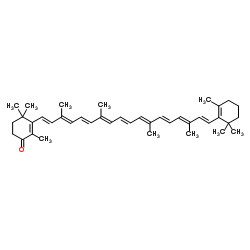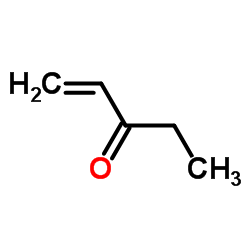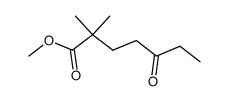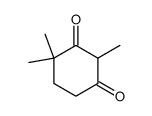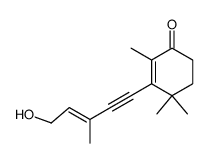514-78-3
| Name | canthaxanthin |
|---|---|
| Synonyms |
MFCD00016364
(7cis,9cis,11cis,13cis)-β,β-Carotene-4,4'-dione Canthaxanthin all-trans-Canthaxanthin EINECS 208-187-2 |
| Description | Canthaxanthin is a red-orange carotenoid with various biological activities, such as antioxidant, antitumor properties. |
|---|---|
| Related Catalog | |
| In Vitro | Canthaxanthin enrichment of LDL has the potential to protect cholesterol from oxidation. In addition to its free radical scavenging and antioxidant properties (e.g., the induction of catalase and superoxide dismutase), canthaxanthin shows immunomodulatory activity (e.g. enhancing the proliferation and function of immune competent cells) and plays important role in gap junction communication (e.g. induction of the transmembrane protein connexin)[1]. At concentrations of 0.1 to 1 x 1000 μM, canthaxanthin significantly reduces the overall number of tumor cells. The greatest inhibition is observed at a canthaxanthin concentration of 1000 after 72 h and 96 h of incubation[2]. |
| In Vivo | Canthaxanthin alters the protective ability of tissues against oxidative stress. Canthaxanthin treatment for 15 d at the dose of 14 μg/kg body weight results in hepatic incorporation of the carotenoid, which is maximum in liver and reaches 0.52 ± 0.05 nmol/g liver. Glutathione peroxidase activity is 35% lower and catalase (59%) and manganese superoxide dismutase (28%) activities are higher in canthaxanthin-treated mice than in controls[3]. Canthaxanthin inhibit the growth of mammary tumors in mice and the anti-tumor activity is also influenced by the supplemental dose[4]. Diet supplementation with canthaxanthin for 3 weeks prior to the carcinogen results in a 65% reduction in the number of mammary cancers by a mechanism not involving pro-vitamin A activity[5]. |
| Animal Admin | Mice: Female 6-wk-old Balb/c mice are randomly divided into two groups (n = 10/group). The control group receives olive oil alone (vehicle) and the canthaxanthin-treated group receives canthaxanthin at a dose of 14 μg/kg body weight per day. At the end of the treatment, mice are killed by cervical dislocation and liver is excised, frozen in liquid nitrogen and stored at −80°C[3]. |
| References |
[1]. Esatbeyoglu T, et al. Canthaxanthin: From molecule to function. Mol Nutr Food Res. 2017 Jun;61(6). |
| Density | 1.0±0.1 g/cm3 |
|---|---|
| Boiling Point | 717.0±40.0 °C at 760 mmHg |
| Molecular Formula | C40H52O2 |
| Molecular Weight | 564.840 |
| Flash Point | 253.9±24.3 °C |
| Exact Mass | 564.396729 |
| PSA | 34.14000 |
| LogP | 10.69 |
| Vapour Pressure | 0.0±2.3 mmHg at 25°C |
| Index of Refraction | 1.575 |
| Storage condition | 0-6°C |
CHEMICAL IDENTIFICATION
HEALTH HAZARD DATAACUTE TOXICITY DATA
|
| Personal Protective Equipment | Eyeshields;Gloves;type N95 (US);type P1 (EN143) respirator filter |
|---|---|
| Risk Phrases | 25-36/37/38 |
| Safety Phrases | 45-36/37/39-28A-26 |
| RIDADR | UN 2811 6.1/PG 2 |
| WGK Germany | 3 |
| RTECS | GA0875000 |
| Packaging Group | II |
| Hazard Class | 6.1 |
| HS Code | 3204199000 |
| Precursor 10 | |
|---|---|
| DownStream 1 | |
| HS Code | 3204199000 |
|---|
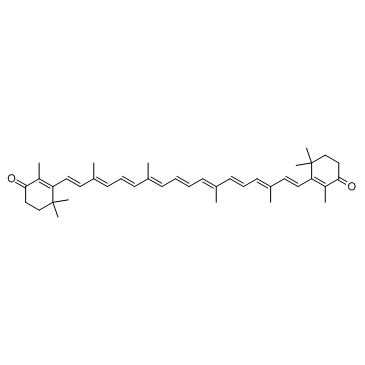
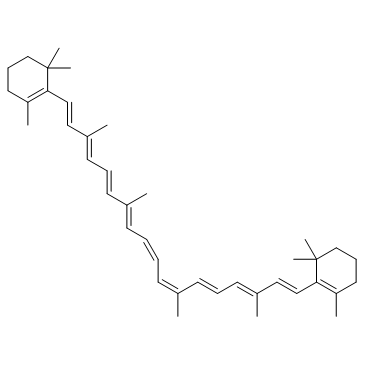


![(2E,4E)-[5-(2,6,6-trimethyl-3-oxo-1-cyclohexen-1-yl)-3-methyl-2,4-pentadien-1-yl]triphenylphosphonium bromide structure](https://image.chemsrc.com/caspic/138/63184-93-0.png)
